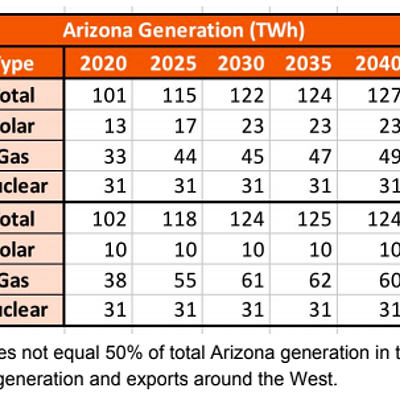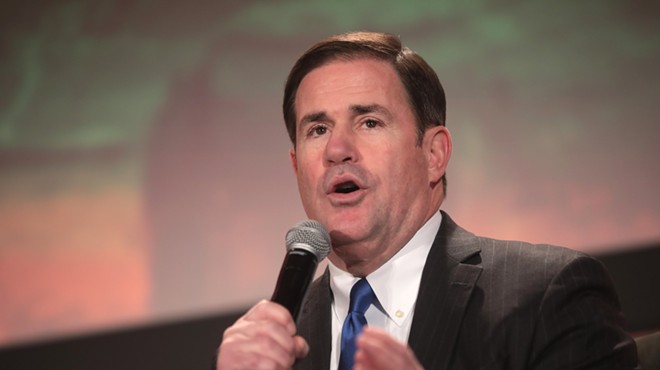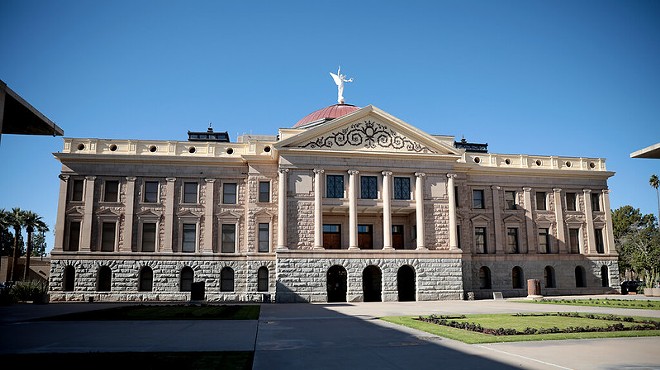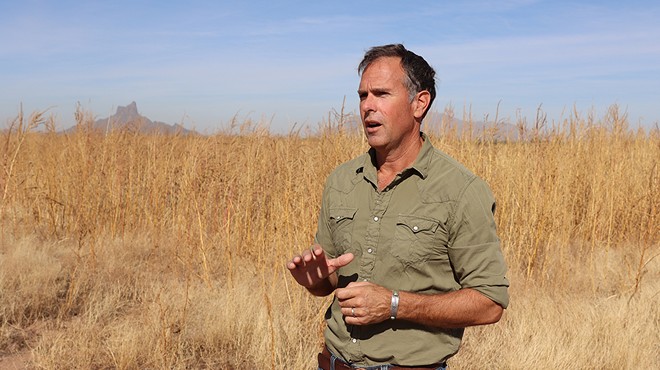Friday, August 14, 2015
UPDATED: TEP Says Farewell to Coal at Largest Local Power Plant to Primarily Rely on Natural Gas
Tucson Electric Power announced Thursday it had ended the use of coal at its largest local power plant. The utility company will now primarily rely on natural gas, a press release says.
Per requests from the U.S. Environmental Protection Agency, TEP had until December 2017 to make the move, so they're proud to be two years ahead of schedule. They hope the transition will help Pima County comply with stricter ozone standards, which are taking effect later this year. In 2013, the EPA found the plant to be out of compliance with the Clean Air Act, and recommended TEP install industry-standard pollution controls, according to the Sierra Club. In early 2014, TEP and the EPA "agreed on a plan to switch the plant’s fuel source from coal to gas by the end of 2017, a move that would result in lower costs for TEP and less air pollution than the EPA’s recommended plan," the Sierra Club says in a press release.
Also, reduction of carbon dioxide emissions at the power plant comply with the new Clean Power Plan rules, set to begin early into 2022. (The Clean Power Plan proposes cutting carbon emissions nationally by one-third. Arizona has to cut emissions by about one-half through 2030.)
"Eliminating the local use of coal is an important part of our plan to build a cleaner, more diverse energy portfolio," said a statement by David G. Hutchens, TEP's president and CEO.
Here's some backgrounds provided by TEP:
The Sundt power plant has been a focus of changing federal energy and environmental policy. In July 1982, the U.S. Department of Energy (DOE) ordered that all four units at the natural gas-fired plant be converted to burn coal pursuant to the Power Plant and Industrial Fuel Use Act of 1978, which sought to preserve domestic supplies of natural gas during the energy crisis. That law was repealed in 1987, though, and the DOE later rescinded its order after TEP had completed the conversion of Unit 4.When natural gas prices were higher, TEP chose coal to reduce the cost passed down to customers. "While Unit 4 will lose that flexibility, it can produce 30 percent more power when fueled by natural gas," the company says.
From TEP:
TEP's Integrated Resource Plan calls for cutting the company's coal-fired generating capacity by more than 30 percent and reducing greenhouse gas emissions by 25 percent over five years. TEP is increasing its use of natural gas and relying more heavily on its expanding renewable energy portfolio, which now includes more than 400 megawatts of solar, wind and other resources — enough to meet the annual electric needs of more than 84,000 homes.Dan Millis of the Sierra Club's Grand Canyon Arizona Chapter says this is a win for public health.
"...It will lessen our community’s impact on climate change,” he says in a statement. “It also will help the air quality at our national parks and wilderness areas. However, Tucsonans want clean, renewable, locally-generated power from solar and wind, not a utility that is 91 percent fossil fuels. We would like to see TEP take the next step to becoming a clean energy utility.”
Sundt is one of five coal power plants under TEP. Several groups, including the Sierra Club, have demanded TEP to divert from one in New Mexico, the San Juan Generating Station. The company's involvement with San Juan fueled a protest recently, where the chant was "Sol Not Coal."
Tags: tucson electric power , sierra club , environmental protection agency , clean power plan , coal , natural gas , renewable














